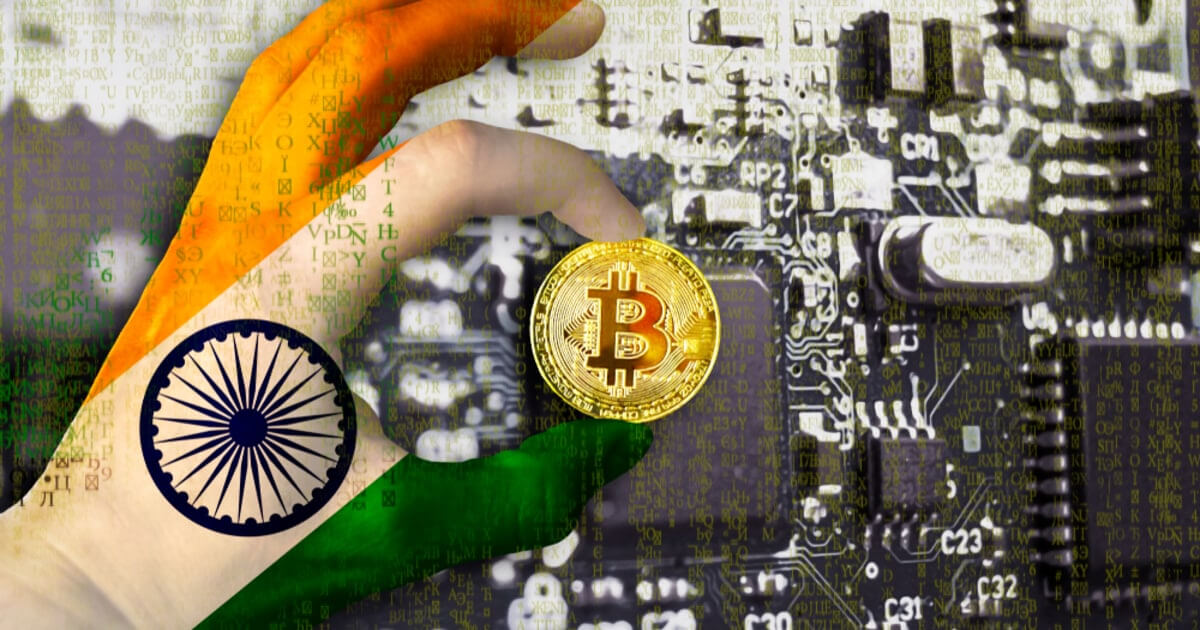
The recent collapse of Silicon Valley Bank (SVB), a major banking institution based in California, has sent shockwaves throughout the global financial sector. While countless businesses have been directly affected by the bank’s downfall, a bank in India with no connection to SVB has also felt the consequences of the crisis due to a simple mix-up in acronyms.
Shamrao Vithal Co-operative Bank (SVC Bank), a 116-year-old cooperative bank based in Mumbai, India, found itself caught in the line of fire when the news of SVB’s imminent shutdown began to spread on March 10. The similarity between the short forms of the two banks, SVB and SVC Bank, led to confusion among some Indian citizens, who mistakenly associated the Indian bank with the crisis in the United States.
Silicon Valley Bank has been a significant player in the banking industry, particularly in the technology and startup sectors. Founded in 1983, SVB has been a crucial financial partner to various emerging tech companies and venture capital firms. The bank’s collapse has raised concerns over the stability of the financial sector and the impact it may have on businesses tied to the bank.
In contrast, Shamrao Vithal Co-operative Bank has a long-standing history in India, having been established in 1907. As a cooperative bank, it focuses on serving the needs of its members and promoting financial inclusion in the country. SVC Bank offers a wide range of financial products and services, including savings accounts, loans, and insurance. The bank has successfully navigated numerous financial challenges throughout its history and remains an important institution in the Indian banking sector.
Despite the clear differences between the two banks and their respective markets, the confusion caused by the similarity in their acronyms led to panic among some SVC Bank customers. As a result, the Indian bank was forced to clarify its position and reassure its customers that it was not connected to the crisis unfolding in the United States.
This incident highlights the potential for misunderstandings in an increasingly interconnected world, where news spreads rapidly across borders, and even a minor mix-up can have significant consequences. It serves as a reminder for both financial institutions and the public to be vigilant in verifying information and understanding the differences between seemingly similar entities.


